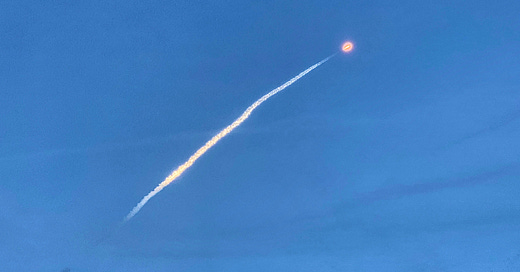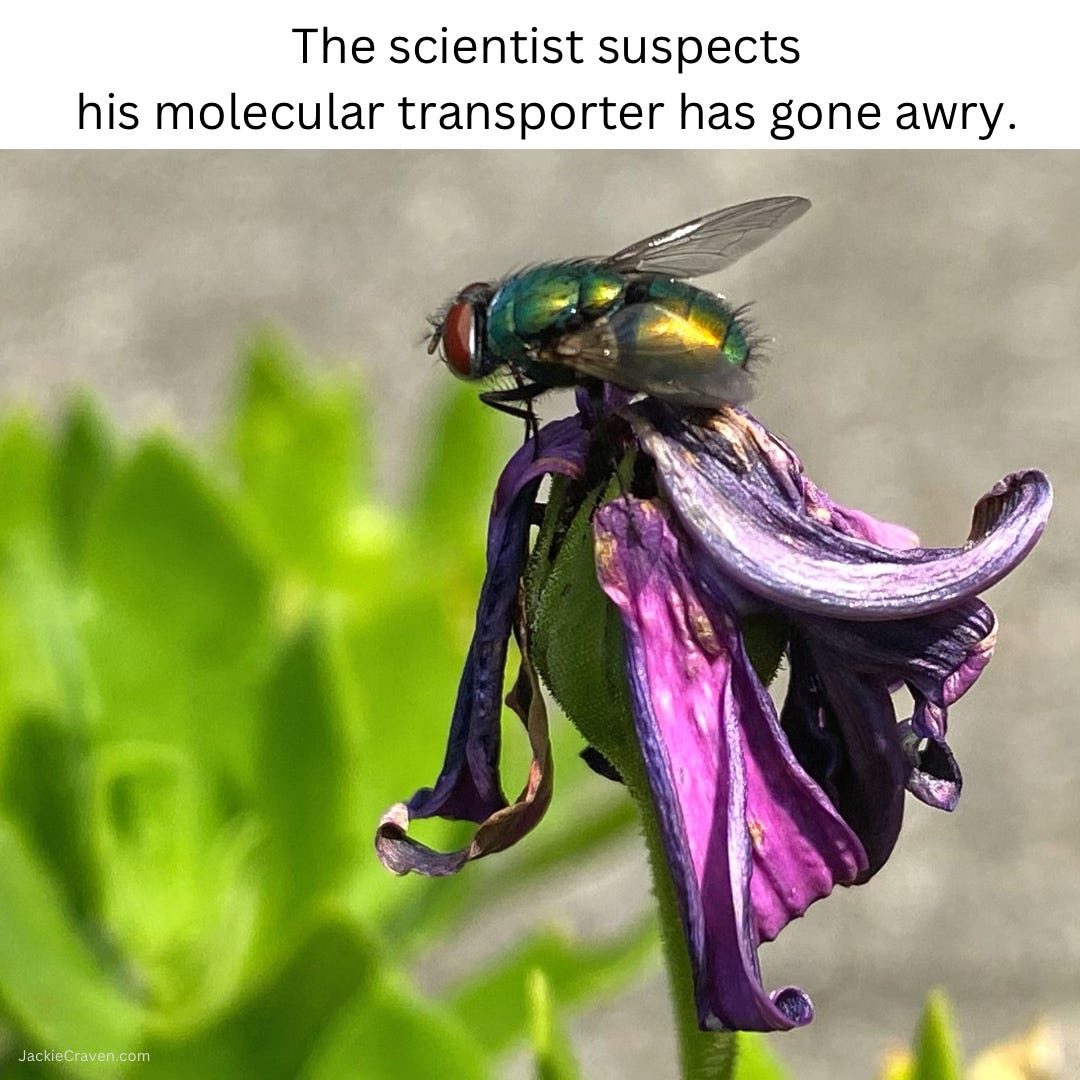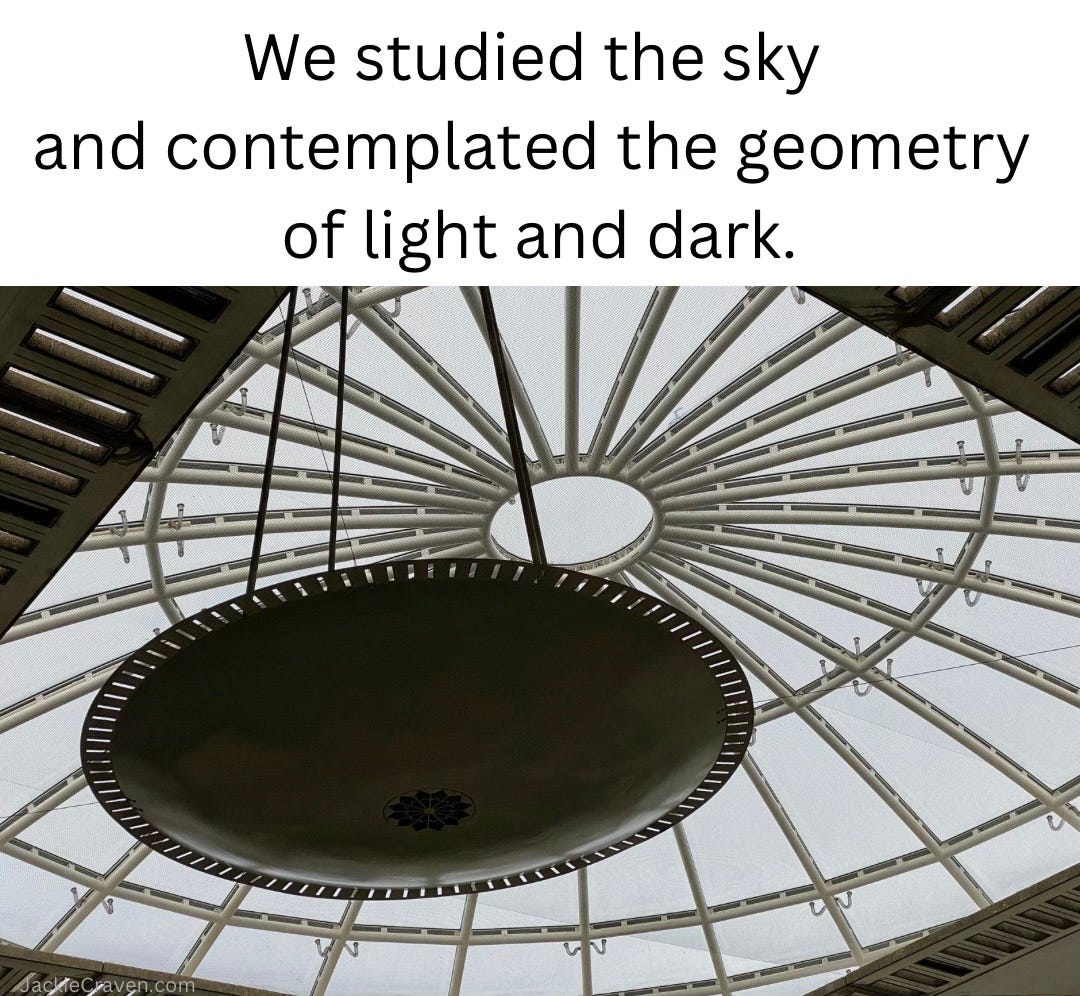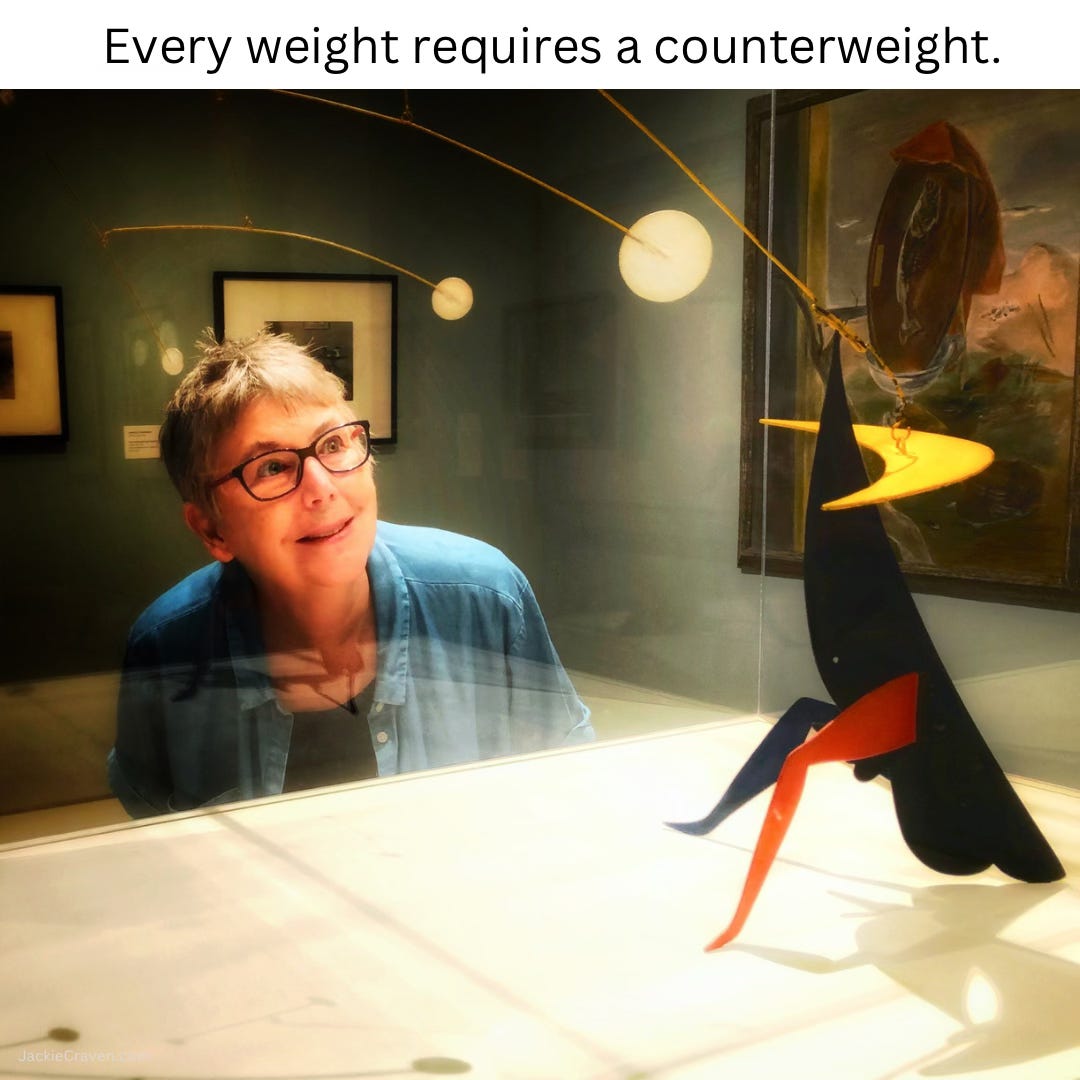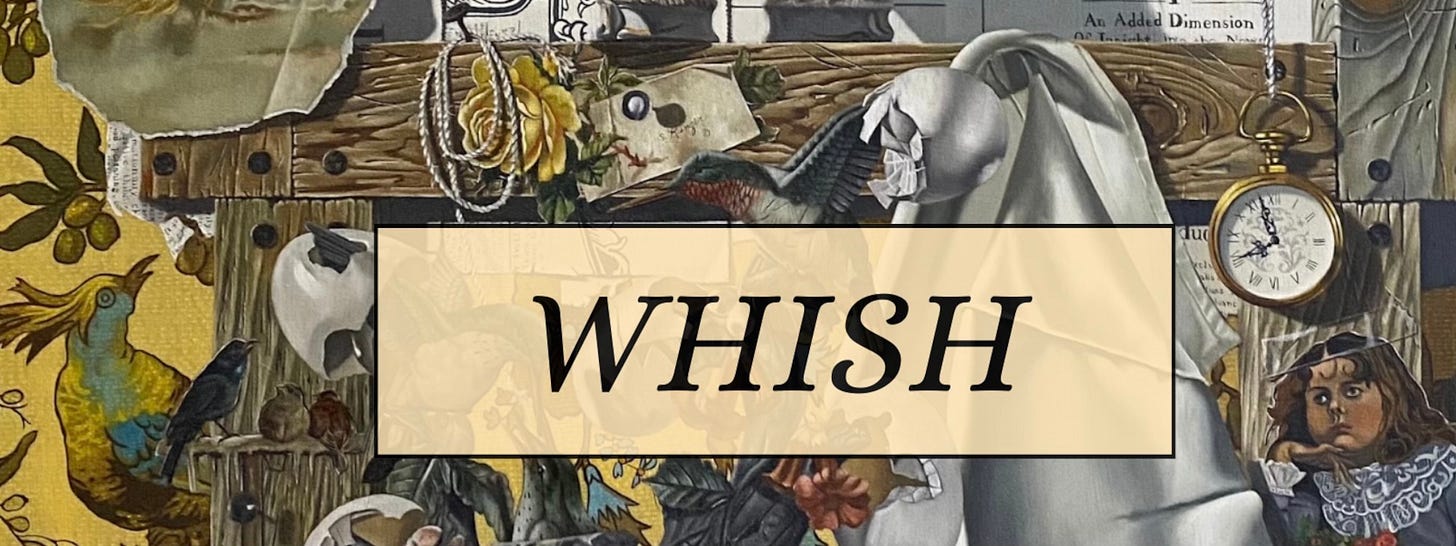When I turned ten, I decided I would be a scientist. Not just any scientist, but a biologist. No– not a biologist, but a zoologist. I kept a notebook and sketched lizards, turtles, and snakes I found in the woods, noted the colors and patterns of their markings, and prepared to dedicate my life to reptiles.
Three years later, I meandered down a winding path that lead to poetry.
Poetry seems like a radical departure from my original intention. Scientists deal in facts, but poets embrace mystery. A single poem can have multiple interpretations. This kind of imprecision can make a scientific mind go crazy because, after all, how can there be more than one truth?
“When we wake up brushed by panic in the dark
our pupils grope for the shape of things we know.”
~ Sarah Howe, Relativity
And yet, poets often draw inspiration from scientific theories, language, and approaches. In an essay for The Paris Review, Sarah Howe describes her fascination for wormholes — an obsession that lead to her sonnet, “Relativity,” which she dedicated to theoretical physicist Stephen Hawking.
“Science,” Howe writes, “relies on metaphor—traditionally the poet’s tool—to describe and communicate itself.” For example, Einstein described a moving train to articulate theories of time. To explore complex theories of “quantum superposition,” Erwin Schrödinger imagined a cat simultaneously dead and alive. These “thought experiments” are intrinsically poetic in the way they grapple with ideas that cannot be directly observed.
I like to think of my poems as small thought experiments. Through poetry, I speculate alternate ways of seeing the world. Bouncing from Einstein to Star Trek, the poems in WHISH imagine moments in time—seconds, minutes, hours—transformed into living creatures who mess with our lives.
Metaphor is only one of countless tools that poets and scientists share. This summer it’s been my honor to read with fellow poets who weave scientific thought into their writing, each in her own unique way. If you live nearby, please join us for Science in Poetry / Poetry in Science, a poetry reading and discussion at the Schenectady County Public Library on October 20, 1:00 PM. Here’s the lineup:
Barbara Ungar confronts the sixth extinction in her latest book, After Naming the Animals. www.barbaraungar.net
Sarah Giragosian weaves together the dying of the earth with the sudden death of her mother in her new collection, Mother Octopus, which is a co-winner of the Halcyon Prize from Middle Creek Press. www.sarahgiragosian.wordpress.com
Maggie Greaves uncovers surprising relationships between NASA and poetry in her scholarly book Lyric Poetry and Space Exploration (Oxford University Press). www.bit.ly/3XWlKkx
Jackie Craven toys with theories of time in WHISH, winner of the 2024 poetry award from Press 53. www.JackieCraven.com.
Read More About Science in Poetry:
For creative writing rooted in science fact, check out the online literary journal Science Write Now. For a deep dive into the many ways poetry partners with science, explore Maria Popova’s fascinating website, The Marginalian, and her new book, The Universe in Verse: 15 Portals to Wonder through Science & Poetry. And, did you know that Scientific American publishes poems? Here’s one by Barbara Ungar.
Writing Prompts:
Change the laws of physics. Imagine a world where time or gravity work differently. Does the change resemble adjustments you’ve made in ordinary life?
Write a poem from the point of view of an animal, a plant, or a geological formation.
Use onomatopoeia and alliteration to animate natural phenomena such as falling rain, ocean waves, or burning trees.
Describe a conflict with someone you love. One of you is a different species. What are your differences? Can they be resolved?
Place a dinosaur or other extinct species in your neighborhood. How do you and your neighbors respond? Why?
Use synesthesia: Describe the Northern lights as a sound or an aroma.
Connect the scent of pine needles to a childhood memory. Compare someone from your past to a pine tree.
Write an ode to a natural phenomenon that’s usually despised, such as a virus.
Borrow technical terms from a science journal or textbook. Describe a family meal using the language of science or engineering.
Incorporate science or sci-fi ideas into a familiar situation. Use any of the prompts from this list to rewrite one of your old poems.
Your Turn:
Do you lean toward science or art? Do the two overlap in your work? In your daily life?
“With Albert Einstein, Stephen Hawking, and Star Trek as her muses, Jackie Craven subverts time... WHISH is a triumph of a book!" —DENISE DUHAMEL, author of Second Story

